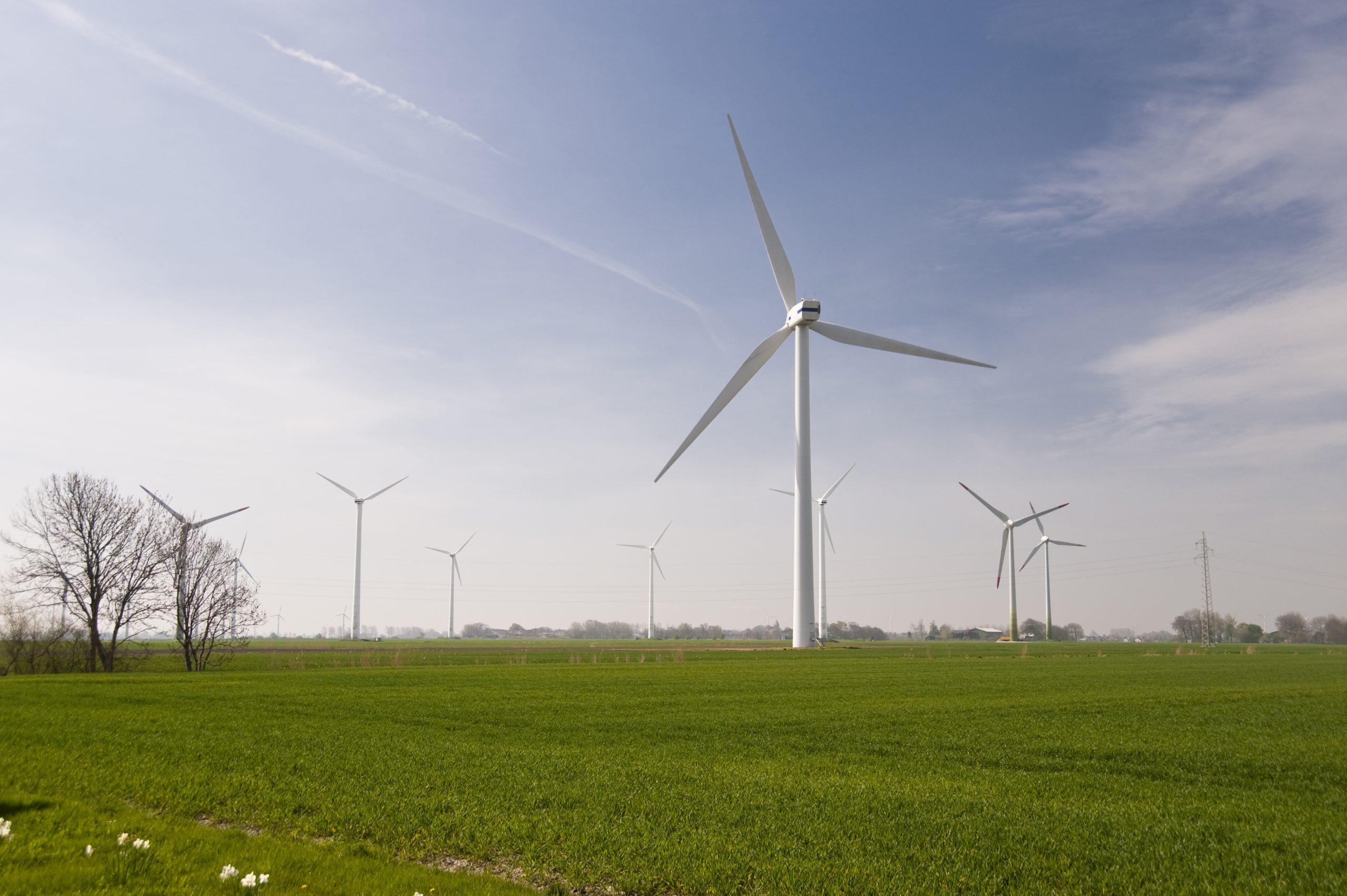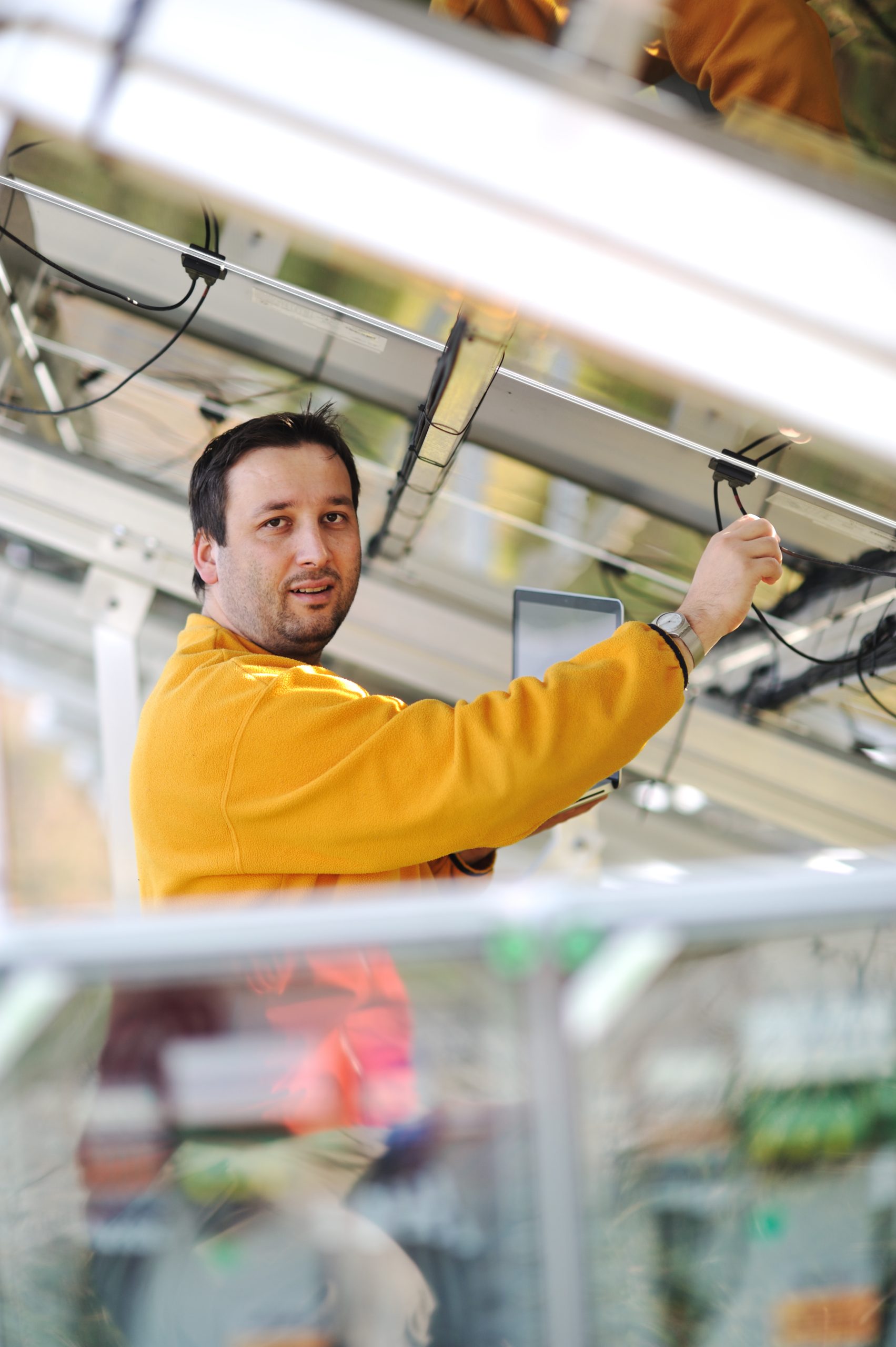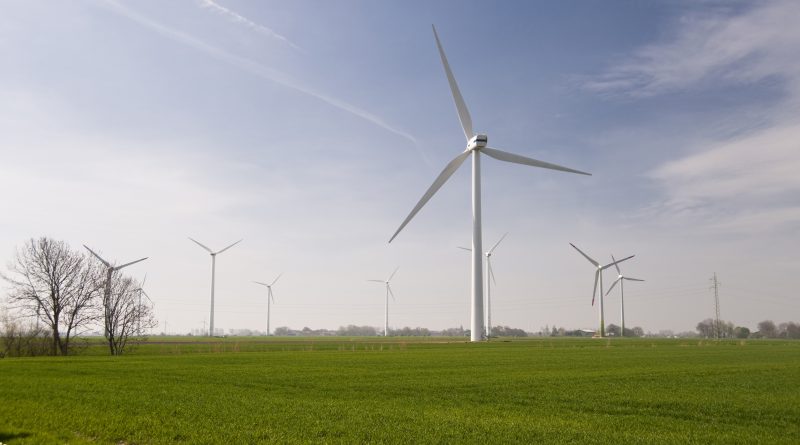Is DIY Solar Installation Worth It? Weighing the Pros and Cons
Solar power is a clean, renewable source of energy that has become increasingly popular in recent years. With concerns about climate change on the rise, many people are looking for ways to reduce their carbon footprint and switch to more sustainable sources of energy. But while solar power offers numerous environmental benefits, it also requires a significant upfront investment. In this blog post, we’ll explore whether or not DIY solar installation is worth it, taking into account both the pros and cons.
Introduction to Solar Power and its Environmental Benefits
First things first: what exactly is solar power? Solar power involves harnessing the energy from sunlight through photovoltaic cells, which convert light into electricity. This electricity can then be used to power homes, businesses, and even entire communities. One of the biggest advantages of solar power is that it produces no greenhouse gas emissions, making it an environmentally friendly option compared to traditional fossil fuels like coal and oil. Additionally, solar panels require very little maintenance once they’re installed, meaning you can enjoy low-cost, reliable energy for years to come.
The Costs of Going Solar: Is it Worth the Investment
While there are certainly plenty of benefits to switching to solar power, one of the main drawbacks is the cost. Depending on your location and energy needs, installing solar panels can cost anywhere from $10,000 to $25,000 or more. However, with tax credits and other incentives available in some areas, the actual cost may be significantly lower. The question remains: is it worth the investment? While it may seem daunting at first glance, going solar can actually save you money over time. Once your system is paid off (which typically takes around 7-10 years), you’ll start seeing significant savings on your monthly utility bills. Plus, as technology continues to improve and production costs decrease, the initial investment required for solar installation will likely continue to decline.

Choosing the Best Solar Generator for Your Needs
If you decide to go ahead with solar installation, you’ll need to choose the best generator for your specific needs. There are several factors to consider when choosing a solar generator, including capacity, efficiency, and durability. Some common types of solar generators include portable models designed for camping or emergency use, standalone systems that connect directly to your home’s electrical grid, and hybrid systems that combine solar power with traditional backup generators. Ultimately, the right choice depends on your individual circumstances and preferences.
DIY Solar Installation: Pros and Cons
One option to consider when installing solar panels is doing it yourself rather than hiring a professional installer. While DIY solar installation can potentially save you some money upfront, it also comes with certain risks and challenges. For example, working with high voltage equipment can be dangerous if proper safety precautions aren’t taken. Additionally, mistakes made during installation could result in reduced performance or even damage to your equipment. On the flip side, DIY installation allows you to customize your setup to meet your unique needs and preferences. If you have experience with electrical work and feel comfortable tackling the project, DIY installation may be a viable option. However, it’s always recommended to consult with a professional before attempting any major home renovations or installations.

Conclusion
In conclusion, deciding whether or not to go solar requires careful consideration of both the financial and environmental implications. While the initial investment may be significant, solar power can provide long-term savings and help reduce your carbon footprint. Whether you choose to hire a pro or take on the project yourself, switching to solar power is a great way to support sustainable living and protect our planet for future generations.
